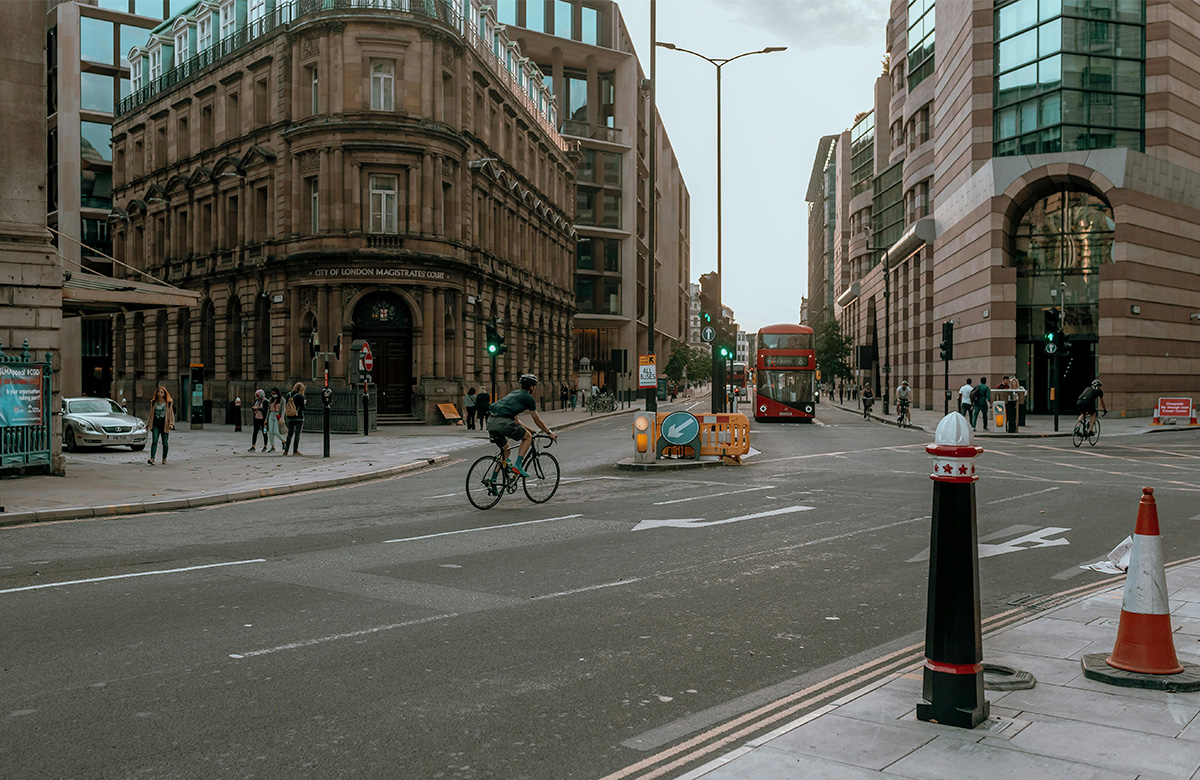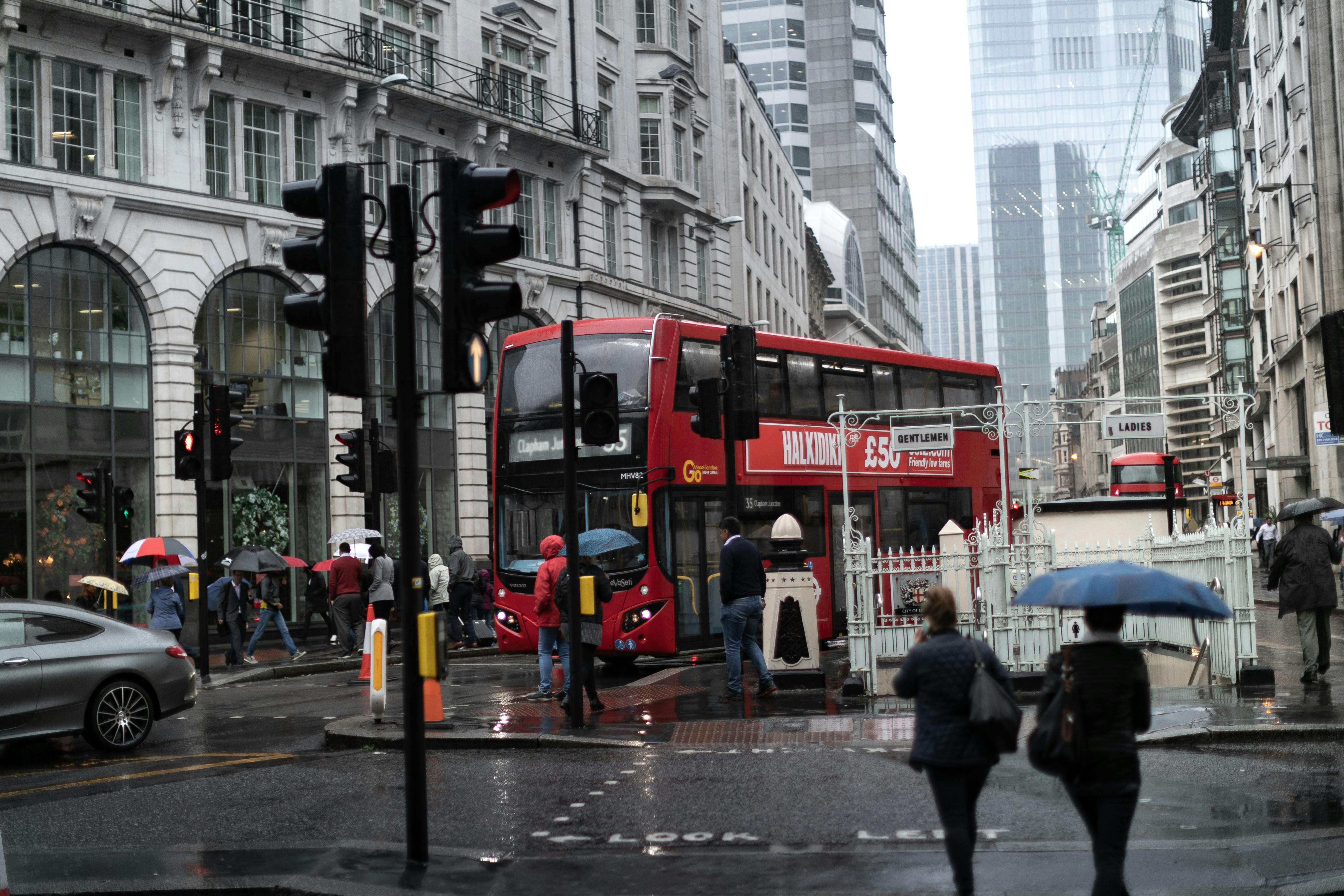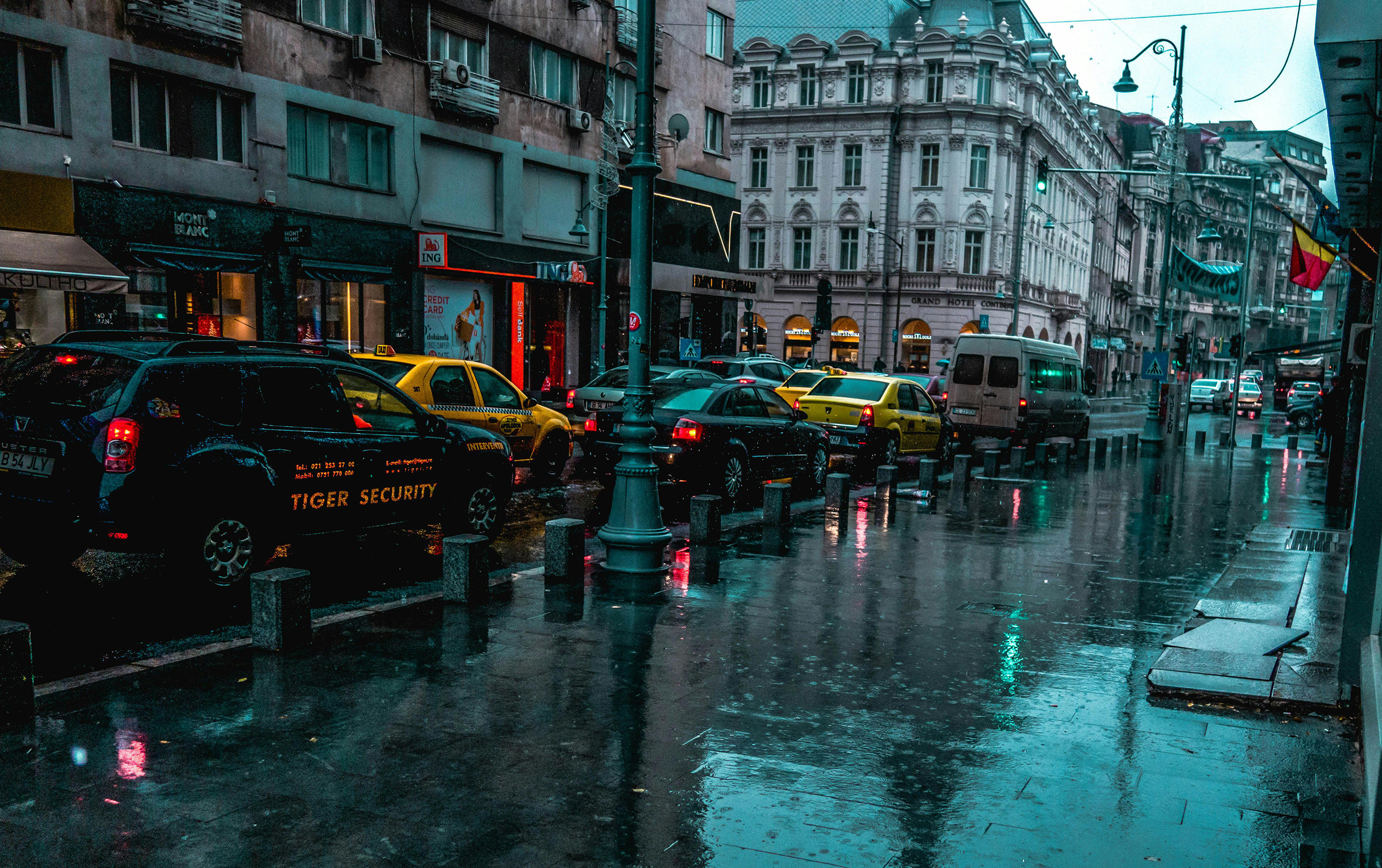With delays, missed parcels, and rising costs, can London’s delivery infrastructure keep up with our demands, or are we on the brink of a logistical meltdown? London, one of the world’s busiest and most vibrant cities, is a bustling hub for commerce. The delivery of non-perishable goods forms the backbone of this intricate network, ensuring that households and businesses alike have access to essential products. However, as capital continues to grow and evolve, so do the challenges of maintaining a seamless supply chain.
Recent Headlines Highlight the Strain
In recent months, several headlines have drawn attention to the mounting pressures on London’s delivery systems. The COVID-19 pandemic significantly accelerated the shift to online shopping, leading to an unprecedented surge in demand for home deliveries. This trend shows no signs of slowing down: the surge in demand has been palpable, with even established services like Royal Mail struggling to keep pace. Do you remember the Royal Mail strikes caused by these changes? Local businesses, too, have felt the strain, grappling with logistics companies that can’t meet the growing demand.
Traffic Congestion: The Silent Saboteur
One of the most significant challenges facing logistics companies in Greater London is traffic congestion. With over 2.6 million vehicles on London’s roads daily, the city’s traffic is among the worst in the world. According to INRIX 2023 - London is the most congested city in Europe; congestion costing the UK £7.5 billion, with drivers losing an average of 156 hours to traffic jams.
This congestion isn’t just a statistic; it’s a daily reality for anyone navigating the capital. The North Circular, for instance, is notorious for its bottlenecks, where a seemingly short journey can turn into a gruelling ordeal.
Beyond the main roads, the impact of congestion spills into residential neighbourhoods, where delivery vans often clog up narrow streets, making life difficult for local residents. Areas like Islington and Hackney, known for their dense populations and limited road space, frequently see delivery vehicles double-parked, causing further delays and frustration. This daily grind not only hampers delivery times but also leads to increased operational costs, as companies are forced to account for longer travel times and higher fuel consumption.
The environmental impact of delivery
The environmental impact of deliveries in London is becoming increasingly important as the city strives for sustainable development. As the UK aims to achieve zero carbon dioxide emissions by 2050, logistics companies are under pressure to adopt greener practices. The increase in the number of low-emission zones and the growing use of cargo bikes for last-mile deliveries reflects the environmental awareness of Londoners.
However, the transition to greener delivery methods is not easy. The high cost of electric vehicles and limited charging infrastructure poses significant challenges. In addition, there is a clear tension between the need for fast delivery and the need to reduce carbon emissions - a common dilemma in London's fast-paced environment.
As Londoners increasingly prefer environmentally friendly options, Onelivery finds ways to meet these expectations while balancing speed and sustainability.
Londoners themselves have a role to play
By supporting local shops and markets, we can reduce the need for long-distance deliveries, easing the burden on our city’s roads. Additionally, opting for more environmentally friendly delivery options, such as choosing slower delivery times that allow for more efficient route planning or supporting companies that use electric vehicles, can make a significant impact. Together, we can help shape a logistics network that not only meets our needs but also aligns with our commitment to a greener, more sustainable London.









